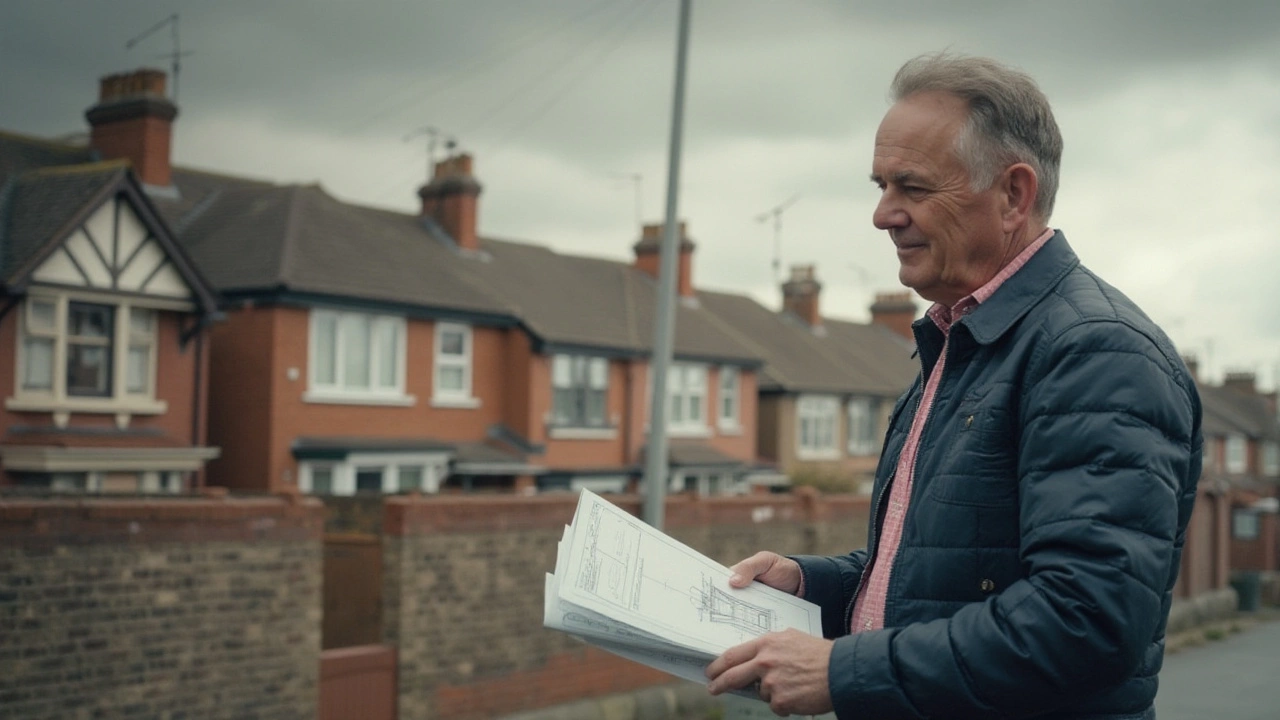Building Stability: Simple Steps to Secure Your Home
Ever wondered why a tiny hairline crack can feel like a big alarm? It’s because cracks often signal how your building is handling stress. Spotting the right signs early can save you money and give you peace of mind. In this guide we’ll walk through the most common stability issues, what they mean, and what you can do right now to keep your home solid.
Spot the Warning Signs Before They Grow
First thing to check is the foundation. Look for horizontal cracks in the slab or vertical cracks that widen over weeks. If the cracks are wider than 3 mm, or if you see doors and windows sticking, those are red flags. Also, check for uneven floors – a floor that dips or rocks underfoot often points to shifting soil or a weakened footing.
Quick Fixes and When to Call a Pro
Small hairline cracks can often be sealed with a quality concrete filler and a bit of pressure. For larger cracks, you’ll want a professional to assess the load‑bearing walls and possibly inject epoxy or install stainless steel reinforcement. Foundation repair isn’t a DIY job unless you have the right tools and training; a licensed contractor can guarantee that the mix and placement meet structural standards.
Another common issue is moisture infiltration. Water can erode the soil around your footings, causing settlement. Make sure gutters direct water away from the house and that the ground slopes at least 6 inches per 10 feet away from the foundation. Installing a French drain or sump pump can also help keep the soil dry and stable.
If you notice persistent cracks after repairs, it could mean the underlying cause—like soil movement or improper load distribution—hasn’t been addressed. In that case, a structural engineer should evaluate the building’s load path, check for any design flaws, and recommend reinforcing beams or underpinning.
Staying proactive is the cheapest strategy. Schedule a yearly inspection, especially after heavy rain or winter freeze‑thaw cycles. Document any new cracks with photos and measurements so you can track changes over time. This simple habit helps you catch problems early before they become expensive emergencies.
Remember, a stable building isn’t just about fixing cracks—it’s about understanding how all parts work together. Proper drainage, solid footing, and timely repairs keep your home safe, protect its value, and give you confidence that the walls won’t give out when you need them most.

